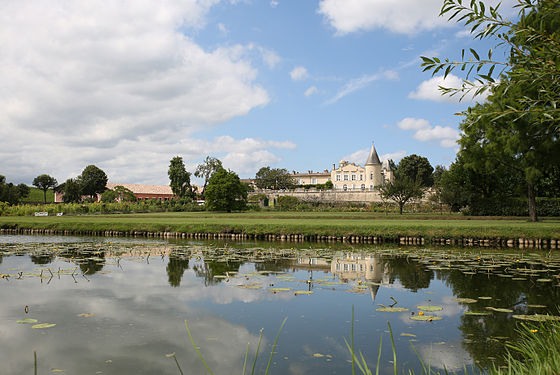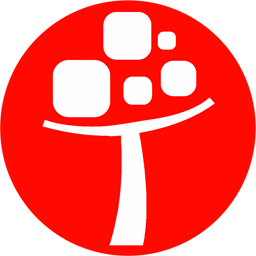Food Wine Red Wine
Château Lafite-Rothschild 2016
Château Lafite-Rothschild 2016
The 2016 Lafite Rothschild is a blend of 92% Cabernet Sauvignon and 8% Merlot, with 15% of the press wine contributing to the blend this year. Deep purple-black in color, it slowly reveals the most gorgeous perfume of kirsch, lilacs, black raspberries and warm blackcurrants with underlying nuances of cigar box, rose hip tea, cloves, licorice and pencil lead plus a waft of garrigue. Medium-bodied and built like a brick house with a firm yet beautifully ripe, finely pixelated tannic backbone and seamless freshness supporting the amazing intensity of black fruits and floral layers, it finishes very long and provocatively perfumed.
ORIGINS AND THE SÉGUR FAMILY
While the first known reference to Lafite dates to 1234 with a certain Gombaud de Lafite, abbot of the Vertheuil Monastery north of Pauillac, Lafite’s mention as a medieval fief dates to the 14th century. The name Lafite comes from the Gascon language term “la hite”, which means “hillock”. There were probably already vineyards on the property at the time when the Ségur family organised the vineyard in the 17th century, and Lafite began to earn its reputation as a great winemaking estate. Jacques de Ségur was credited with the planting of the Lafite vineyard in the 1670s and in the early 1680s. In 1695, Jacques de Ségur’s heir, Alexandre, married the heiress of Château Latour, who gave birth to Nicolas-Alexandre de Ségur. The wine histories of the fiefs of Lafite and Latour were thus joined at the outset.
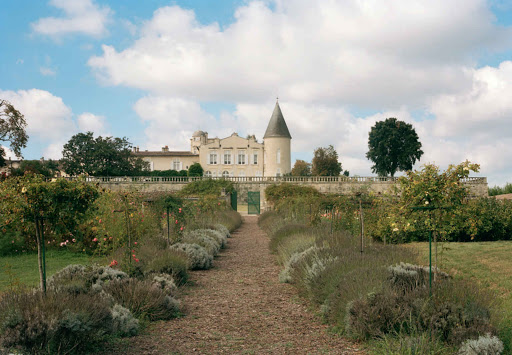
THE “NEW FRENCH CLARETS”
From the early 18th century, Lafite found its market in London. It appeared in the very official London Gazette of 1707 as being “sold at public auctions in the City of London, after being offloaded from foreign merchant ships seized by British corsairs as well as by the vessels of the Royal Navy” (the era was in the grip of the Spanish War of Succession). The London Gazette described the Lafite wine and its counterparts as “New French clarets”. Between 1732-1733, Robert Walpole, the Prime Minister, purchased a barrel of Lafite every three months. It was only much later that France began to take an interest in Bordeaux’s red wines.
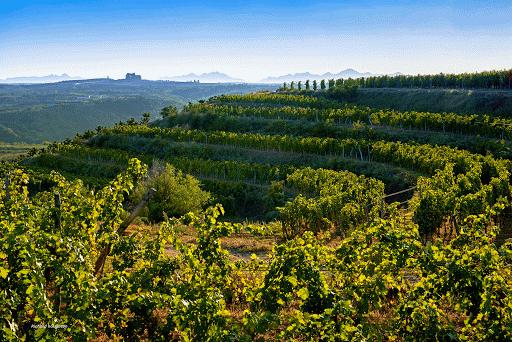
THE KING’S WINE AND THE WINE PRINCE
From 1716, Marquis Nicolas Alexandre de Ségur consolidated Lafite’s initial success. He improved the winemaking techniques and above all enhanced the prestige of fine wines in foreign markets and the Versailles court. He became known as “The Wine Prince”, and Lafite’s wine became “The King’s Wine”, with the support of an able ambassador, the Maréchal de Richelieu. In 1755, Maréchal de Richelieu was appointed Governor of Guyenne, and consulted a Bordeaux doctor, who advised him that Château Lafite was “the finest and most pleasant of all tonics.” On Richelieu’s return to Paris, Louis XV told him, “Maréchal, you look twenty-five years younger than you did when you left for Guyenne.” Richelieu responded “Does his Majesty not know that I have discovered the Fountain of Youth? I have found Château Lafite’s wine to be a delicious, generous cordial, comparable to the ambrosia of the Gods of Olympus.” Soon, Lafite was the subject of much discussion at Versailles, honoured as it was by the King’s high approval. Everyone sought to procure Lafite’s wines. Madame de Pompadour had it served with her supper receptions, and later, Madame du Barry made a point of drinking “only the King’s Wine”.
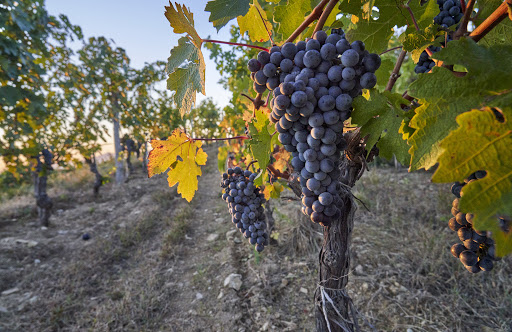
INHERITANCE DIFFICULTIES
The Marquis did not have any sons, and his property was divided between his four daughters. Lafite was thus separated from Latour, despite its remaining in the family and being governed by the same steward until 1785. Lafite was inherited by Count Nicolas Marie Alexandre de Ségur, the son of the Marquis’ oldest daughter, who had married a cousin, Alexandre de Ségur, who was provost of Paris. In 1785, the anonymous author of a memoir on the “Lafite Seigniory” spoke of the “finest vineyard in the world”. Things did not turn out so well for the Count de Ségur, though. With outstanding debts, he was forced to sell Château Lafite in 1784. As a relative of the seller, Nicolas Pierre de Pichard, the first president of the Bordeaux Parliament, used the “kinship rights” legislation to purchase the estate.
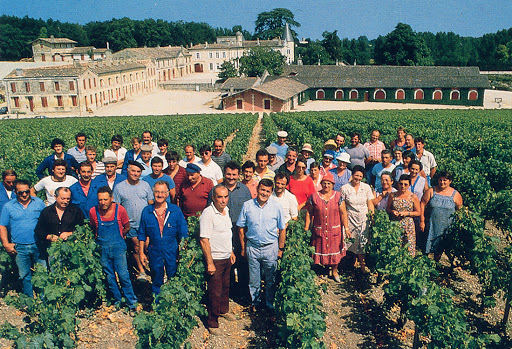
THOMAS JEFFERSON
On the eve of the French revolution, Lafite was at the height of its winemaking legacy, as witnessed in the exceptional writings of Thomas Jefferson, future President of the United States. While serving as ambassador for the young United States Republic to the Versailles Court, this multifaceted individual – farmer, businessman, politician, lawyer, architect, diplomat and founder of the University of Virginia – acquired a passion for winemaking and thought about developing it in his own country. He stayed in Bordeaux in May 1787, five days was enough time for him to visit the major Chartrons merchants and gather a mass of information that he would report in his travel memoirs. He detailed the hierarchy of the growths, highlighting those that would go on to be the four leading wines. Château Lafite was among them. Jefferson remained a steadfast customer of Bordeaux’s wines until the end of his days.
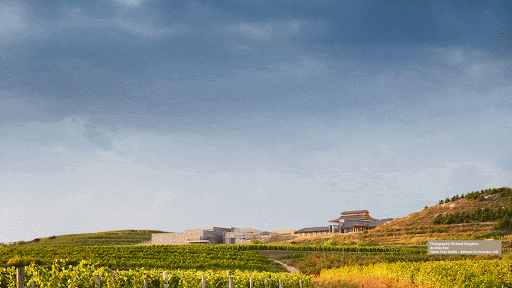
DUTCH PROPERTY
The Ségur family’s stewardship of Lafite ended brutally with the execution of Nicolas Pierre de Pichard during the chapter of French history known as “the Terror”, on the 12th Messidor of year 2, under the short-lived Republican calendar (30 June 1794). In the lobby of Château Lafite is an ancient poster announcing the public sale of the property on 12 September 1797. The estate was then described as “the leading Médoc wine, producing the finest wines in all of Bordeaux”. The purchaser, Jean de Witt, was a Dutch citizen, who was soon forced to sell Lafite to three merchants, who were also Dutch. After Jean de Witt’s short ownership, Château Lafite hosted a remarkable line of stewards, whose greatest was Joseph Goudal. Goudal was masterful in his supervision of the estate in the early part of the 19th century. As of 1800, the three owners were Baron Jean Arend de Vos Van Steenvwyck, Othon Guillaume Jean Berg and Jean Goll de Franckenstein.
THE VANLERBERGHE MYSTERY
In 1818, the new owner of Lafite was Madame Barbe-Rosalie Lemaire, whose husband was Ignace-Joseph Vanlerberghe, a leading grain merchant and supplier of Napoleon’s armies. A mystery came about upon the death of Ignace-Joseph Vanlerberghe, when Mme Lemaire officially sold the Lafite estate to the British subject Sir Samuel Scott in 1821. Scott and his son would effectively manage the estate until 1867. In reality, Samuel Scott Senior and Junior were only representatives of Aimé-Eugène Vandelberghe, son of Madame Lemaire and Ignace-Joseph Vanlerberghe. During the inheritance of Aimé-Eugène Vanlerberghe in 1866, the title was produced to prove the deceased’s ownership of the property. After a half-century of secrecy, the name Vanlerberghe would be written into Lafite’s history of owners. In this period, vintages that made history include: 1795 and 1798, of outstanding quality, 1801, 1802, 1814, 1815 and especially 1818.
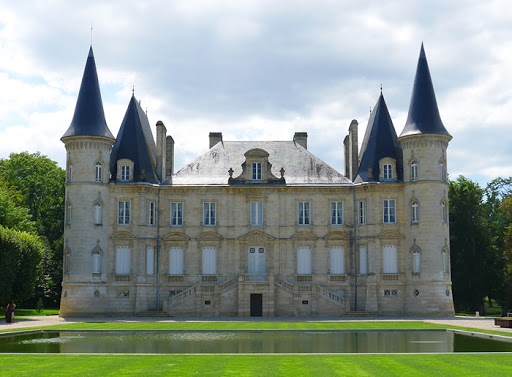
THE 1855 CLASSIFICATION
In 1815, Mr. Lawton published an initial classification of Médoc wines in his brokerage house log. It was apparently an accurate assessment, as it was very similar to the 1855 classification. Lafite was already at the top of the list: “I ranked Lafite as the most elegant and delicate, with the finest fruit of the three (leading wines).” He added that “its wines are the most superb in all of Médoc.” The 1834 vintage was particularly successful, as was 1841, and especially 1846. The vintage rankings of the Universal Paris Exposition in 1855 officially gave Lafite the rating as “Leader among fine wines”. This ranking would be the benchmark for a new and astonishing era of success for Médoc vineyards. The period’s finest vintages include 1847, 1848, 1858, 1864, 1869, 1870 and 1876.
